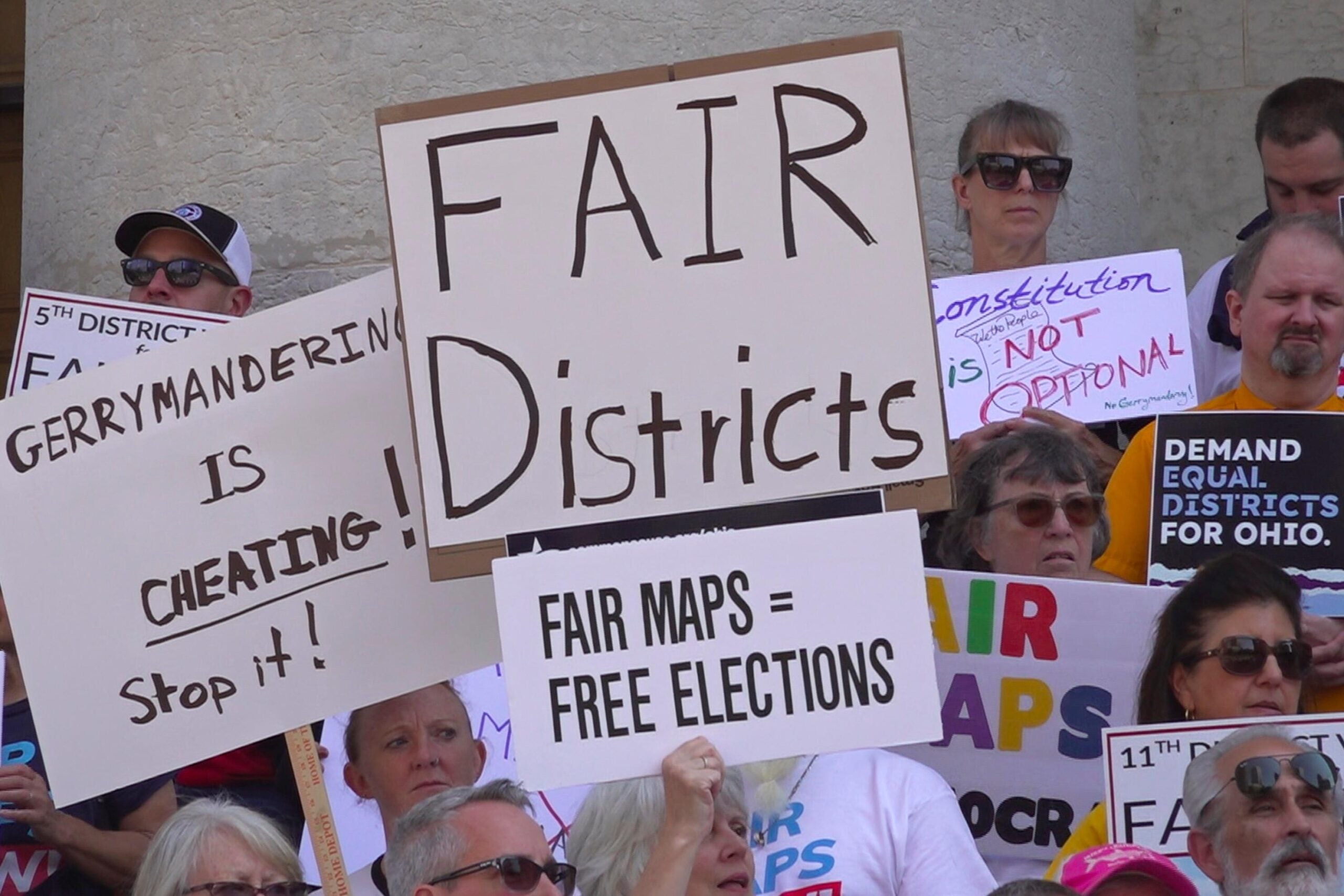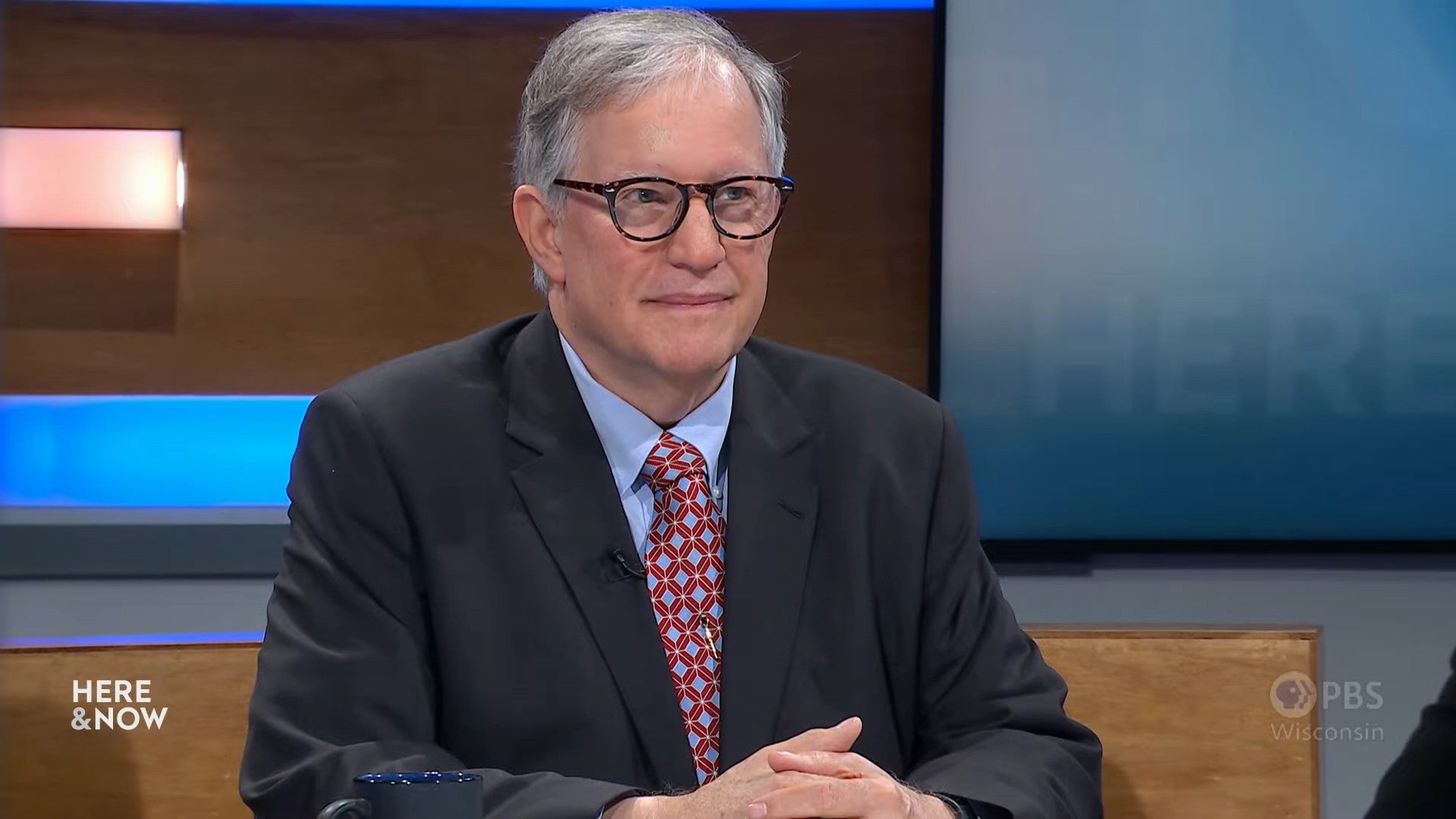GOP lawmakers are “virtually 100 percent” certain to retain large majorities in the Wisconsin State Assembly as long as a Republican-drawn legislative map is allowed to stand according to an expert on political statistics who testified in federal court Thursday.
Stanford University political science and statistic professor Simon Jackman was called as an expert witness by Democratic voters seeking to overturn the map.
As part of Jackman’s analysis, he reviewed 786 elections, encompassing 206 redistricting plans throughout the United States between 1972 and 2014. Only four plans had a stronger pro-Republican gerrymander over that span.
News with a little more humanity
WPR’s “Wisconsin Today” newsletter keeps you connected to the state you love without feeling overwhelmed. No paywall. No agenda. No corporate filter.
Jackman said it would take a “political earthquake” for Democrats to buck that trend, saying that without changes, the map would continue to treat Democratic voters unequally.
“Their ability to translate their votes into seats is not the same as Republicans,” Jackman told a panel of three federal judges.
Part of Jackman’s analysis was based on a new way to measure partisan gerrymanders called “the efficiency gap.” The metric looks at the percentage of each party’s votes that are “wasted” on races where their candidates lose. The higher the number, the bigger the gerrymander.
Jackman said the metric was much simpler and straightforward than other formulas that the U.S. Supreme Court had been reluctant to embrace in partisan gerrymandering challenges.
Jackman also said the efficiency gap showed Wisconsin’s current legislative map is more gerrymandered than any other in recent state history. For example, Wisconsin’s legislative map from the 1970s, which was passed under divided government, had an efficiency gap score of less than 1 percent, meaning it was far more likely to alternate between Republican and Democratic control in any given election. The maps from the 1980s and 1990s had efficiency gap scores of close to 2 percent, which were also historically low.
By comparison, the legislative map drawn by Republicans hit 13 percent in the 2012 election and 10 percent in 2014, meaning even though Democratic candidates received similar numbers of votes statewide in those elections, they did not win many seats in the Legislature. Republicans currently hold a 63-36 seat majority in the state Assembly.
The redistricting trial is scheduled to finish on Friday as the state Department of Justice, which is defending the maps, calls its witnesses.
Wisconsin Public Radio, © Copyright 2025, Board of Regents of the University of Wisconsin System and Wisconsin Educational Communications Board.






